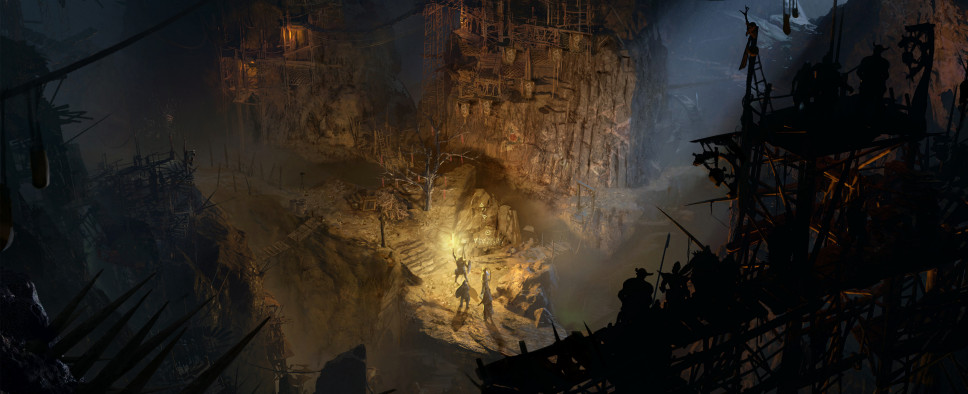Solasta: Crown of the Magister Review - Page 2
-
Category: ReviewsHits: 14041

Article Index
Now, unfortunately, this breadth of options doesn't extend to classes. Once you're done tinkering with the options and are ready to start creating your party of four adventurers, you'll discover a fairly limited class selection. Currently, you can only create Fighters, Paladins, Rangers, Rogues, Clerics, and Wizards, with Sorcerers already promised as a DLC class.
This being a 5th Edition game, at least each level-up will feel meaningful and give you some new class feature, but even so, the lack of class variety is one of the game's biggest blunders. And if you'd like to learn more about the game's implementation of the D&D ruleset, you should check out our early access preview.
Class options aside, you do get to customize your starting equipment. And then, there's the whole Background thing. Picking a character's background and then alignment determines their personality, which ties into Solasta's unique conversation system.
And let me tell you, while some may overlook it, Solasta's conversation system represents the biggest advancement in that particular area of RPGs in a long time. Every time a conversation or a story moment happens, you get this cutscene where you get to make the big decisions, but otherwise, your characters are free to act on their own.
I'm not really sure how the developers pulled it off, but the whole thing works. Sure, every once in a while, you get a non sequitur, but for the most part, it really does feel like an intelligent conversation between fully realized characters and not just a bunch of stat boxes you created five minutes ago.
I really would like to see this system expanded and used in a more robust CRPG where dialogues are a more frequent and impactful occurrence, as right now, this system feels more like a proof of concept. A very impressive one, but still. Having it in a tactical RPG feels like a huge waste of resources. Resources that could've gone towards more classes for example.
Another neat Solasta feature is the Scavenger system. Thanks to it you no longer have to agonize over maximizing your dungeoneering profits. Just leave everything but the stuff you intend to wear on the ground. The helpful scavengers will sell it for you. Aside from saving you a lot of time and effort, it helps with Unity Engine's long-term performance by cleaning up the levels once you're done with them. It's great.
Before moving on to the next section, there's a couple of minor issues I need to mention. First - Solasta doesn't support multiclassing. For someone who enjoys creating weird class combos, that's a bit of a bummer, but seeing how the level cap of the retail release is set at 10, it's not too bad. And second - the game's selection of feats is limited, but it's at least much better now than it used to be during the early access phase.
In the end, combining a pretty faithful adaptation of the D&D ruleset with Tactical Adventures' own ideas seems to have resulted in one mighty impressive RPG specimen. And as such, let's now take a closer look at the game's actual content.
Story and Gameplay
The world of Solasta can be described as Dragonlance meets The Witcher, where humans aren't the natives, and their cataclysmic arrival together with their gods and the villainous lizard people known as Soraks is the big twist that provides the setting with a bit of unique identity.
The game begins a thousand or so years after the aforementioned cataclysm when your party of frontiersmen for hire is sent to check up on a remote outpost by what's essentially Solasta's version of the UN. This sets into action a chain of events where your plucky band of adventurers and one mysterious artifact become Solasta's best bet to avoid total annihilation.

